speedyweasel
Well-Known Member
- Joined
- Jun 11, 2009
- Messages
- 291
- Reaction score
- 1
So these photos are neat and cool but we can't trust them enough to make our analysis?

So these photos are neat and cool but we can't trust them enough to make our analysis?
OK, here's a sampling of the pictures my dad got. First, the pretty one:
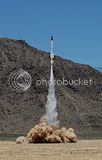
Now, the less pretty ones:






The first picture shows right about where the upper fins let go, and it's kind of hard to tell if they're in line or not. The next several show the upper fins quite clearly flapping all over the place, and although the coupler also fails at this point, the coupler failure was almost definitely caused by the enormous sideloads of the fin failure, rather than directly causing the shred (these are at 0.1 second intervals by the way).
OK, here's a sampling of the pictures my dad got. First, the pretty one:

Now, the less pretty ones:






The first picture shows right about where the upper fins let go, and it's kind of hard to tell if they're in line or not. The next several show the upper fins quite clearly flapping all over the place, and although the coupler also fails at this point, the coupler failure was almost definitely caused by the enormous sideloads of the fin failure, rather than directly causing the shred (these are at 0.1 second intervals by the way).
One of the best threads ever, BTW.
Sandy.
Bull. Those are from a top end DSLR made for high-speed sports photography. There are no scan rate artifacts, since unlike cheap digital video cameras, there is no scanning. The entire image is exposed at once. Those pictures show exactly what is happening. If there was high enough speed motion that it would move significantly during the exposure (which in this case was 1/3200 second), there wouldn't be an artifact of it curving, it would just blur (exactly the same as a film camera). In general, still cameras will not show scan rate artifacts, as they don't tend to scan. It's video cameras that you have to watch out for.You may be seeing aliasing artifacts from the digital camera's scan rate. The rocket appears to be bending but that is most likely a result of the digital line scanning as the rocket moves during exposure. This is the same affect seen in the onboard fin-flexing videos which people misinterpret. The photos are also highly compressed and the rocket is a relatively small object in the frame. The details are missing because of the compression artifacts. It's nearly impossible to do photo interpretation under these two conditions.
-John
Could you post links to some pictures a little before those to validate the digital scan artifact issue? If that is it, then the fins should still look like they are fluttering, correct?
Great project, though, guys. In my mind, this was an airframe loss, not a failure. One of the best threads ever, BTW.
Sandy.

So these photos are neat and cool but we can't trust them enough to make our analysis?
Bull. Those are from a top end DSLR made for high-speed sports photography. There are no scan rate artifacts, since unlike cheap digital video cameras, there is no scanning. The entire image is exposed at once. Those pictures show exactly what is happening. If there was high enough speed motion that it would move significantly during the exposure (which in this case was 1/3200 second), there wouldn't be an artifact of it curving, it would just blur (exactly the same as a film camera). In general, still cameras will not show scan rate artifacts, as they don't tend to scan. It's video cameras that you have to watch out for.
Besides, those don't look anything like scan rate artifacts. Scan rate artifacts generally make something look like it is bending with a smooth curve. It won't make it look like it has a kink (like the body tube), nor will it make a fin appear to still be straight, but at a different angle from the tube.
As for compression artifacts? There aren't any, at least not any significant ones. The reason that the details are missing is because those are all a 2x upsize of the originals, which makes them somewhat easier to see (but they won't look perfectly sharp because you're looking for details the original didn't have).

Wow - you really like that pic, don't you

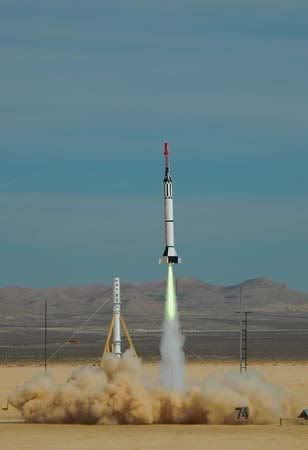
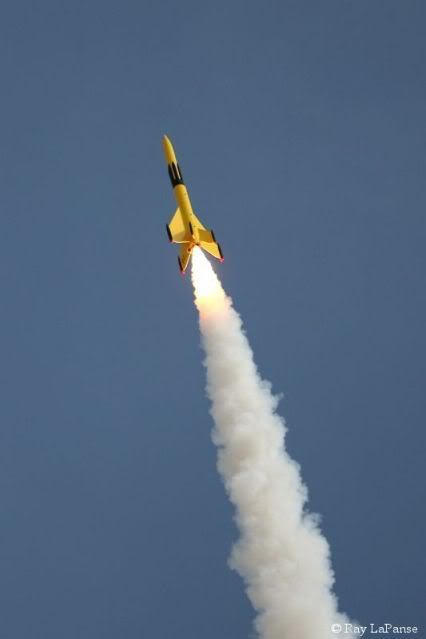
2) It's a Canon EOS-1D Mark III. Trust me, it doesn't have scan artifacts.
Read the articles again.It wouldn't exhibit the artifacts shown with a 1/3200 shutter speed though, ...
This sounds plausible. The shutter scans the picture in something along the lines of 1/300 second whereas a video camera, especially a cheap one, may be slower by a magnitude....and any scanning artifacts would be much, much smaller and more subtle than the ones that are commonly shown with digital video cameras.
The distortion is not always clearly visible. The blur in the photo of the A400M that you posted makes it hard to distinguish between a complex propeller shape and distortion. Some kind of distortions are particular hard to notice. If the rocket appears a few percent shorter on a picture than in it is, nobody will notice.The helicopter sample in the wikipedia article is bizzare - I've seen pictures taken with my dad's camera of extremely fast rotating objects (namely aircraft propellers), and none of that distortion was visible.
Agreed. I wasn't referring to scanning artifacts in general though - I was referring to the specific things seen in the Talon picture. I don't know the exact details of the camera shutter though, so I don't know what the scan time is (it is definitely quite short though).Read the articles again.
Shorter exposure does not mean the shutter moves faster, just that the slot becomes narrower. Therefore I believe the picture of the helicopter was shot at a very short exposure (No blur, but very "sharp" distortion).
Definitely. I've seen video cameras that scan slowly enough to cause very noticeable artifacts in even relatively slow moving objects.This sounds plausible. The shutter scans the picture in something along the lines of 1/300 second whereas a video camera, especially a cheap one, may be slower by a magnitude.
The distortion is not always clearly visible. The blur in the photo of the A400M that you posted makes it hard to distinguish between a complex propeller shape and distortion. Some kind of distortions are particular hard to notice. If the rocket appears a few percent shorter on a picture than in it is, nobody will notice.
Reinhard
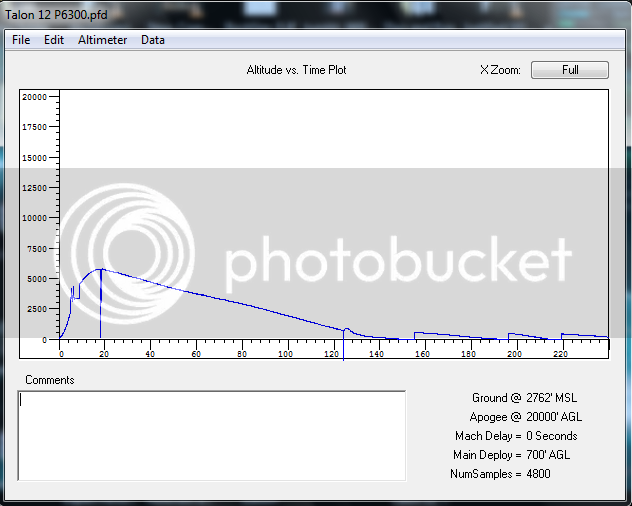
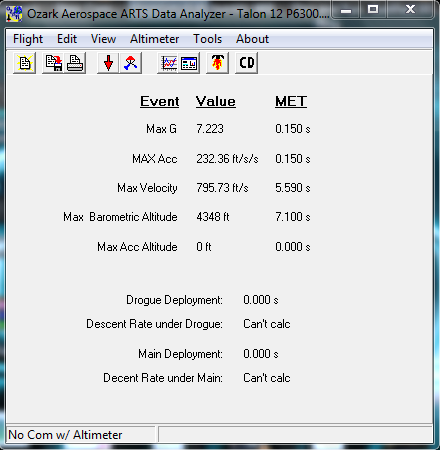
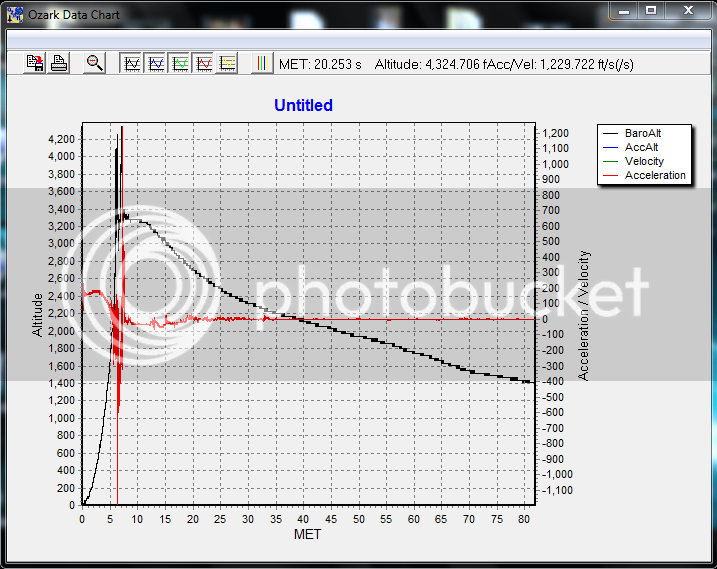
Enjoy!
Can you post the ARTS motor thrust curve?
(Oh, and if you still don't believe it, here's a photo taken with the same make of camera that would show tremendous scan artifacts if the camera were prone to it: https://www.airliners.net/photo/Air...21050/L/&sid=3e307c34e7c7709a915788f15b8f87f4)
That photo has scan artifacts on the prop tips.
Seeing that you are 100% confident, I'm not sure if it's worth further discussion. Having an open mind is the first step in the learning process. I could suggest an engineering approach with a design of experiment, but that would take some curiosity and doubt. It would be a fun Father's Day activity for you and your Dad, or at least you and your Dad's camera.
-John

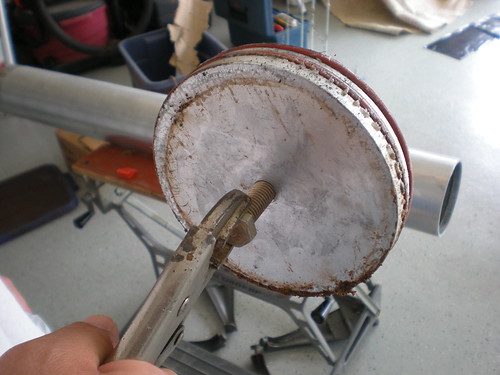
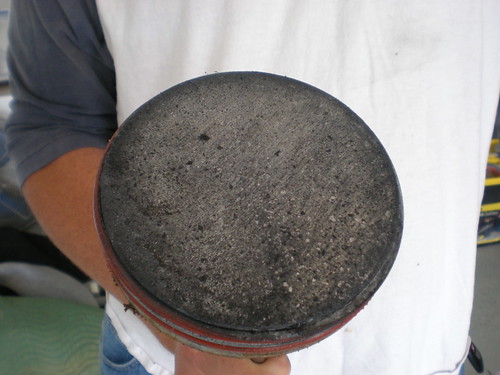
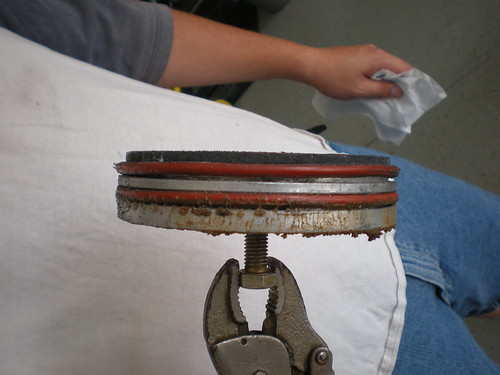
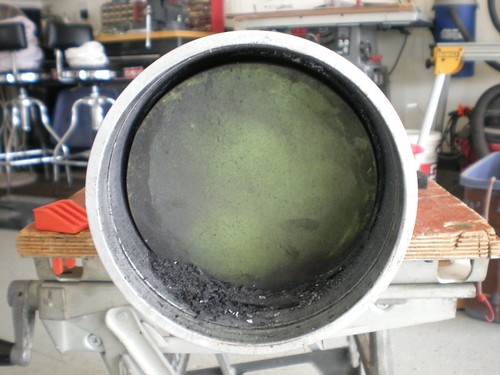
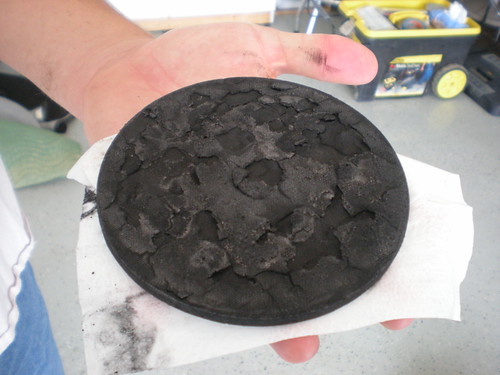
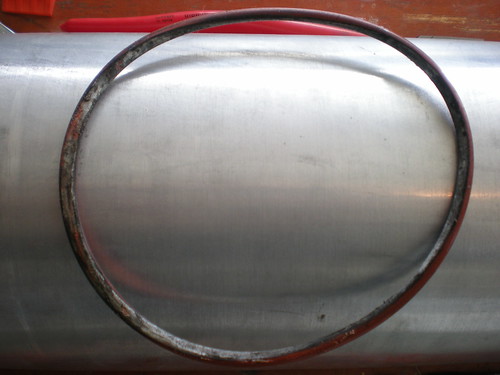
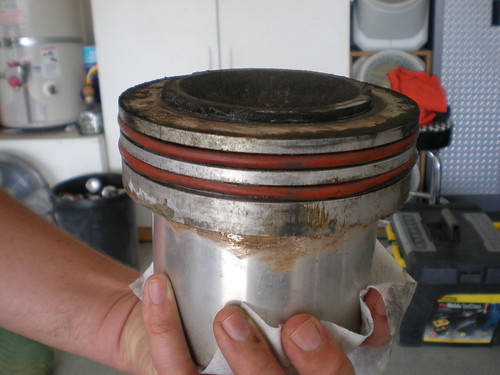

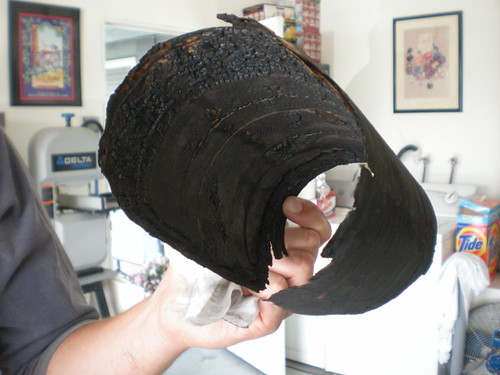
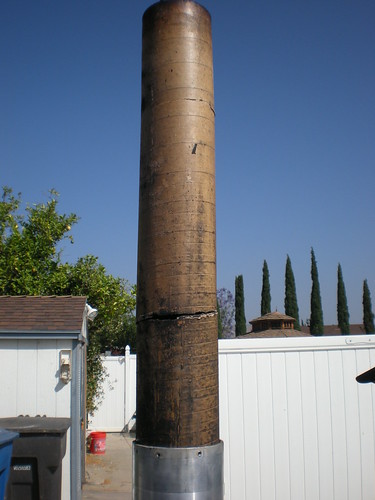
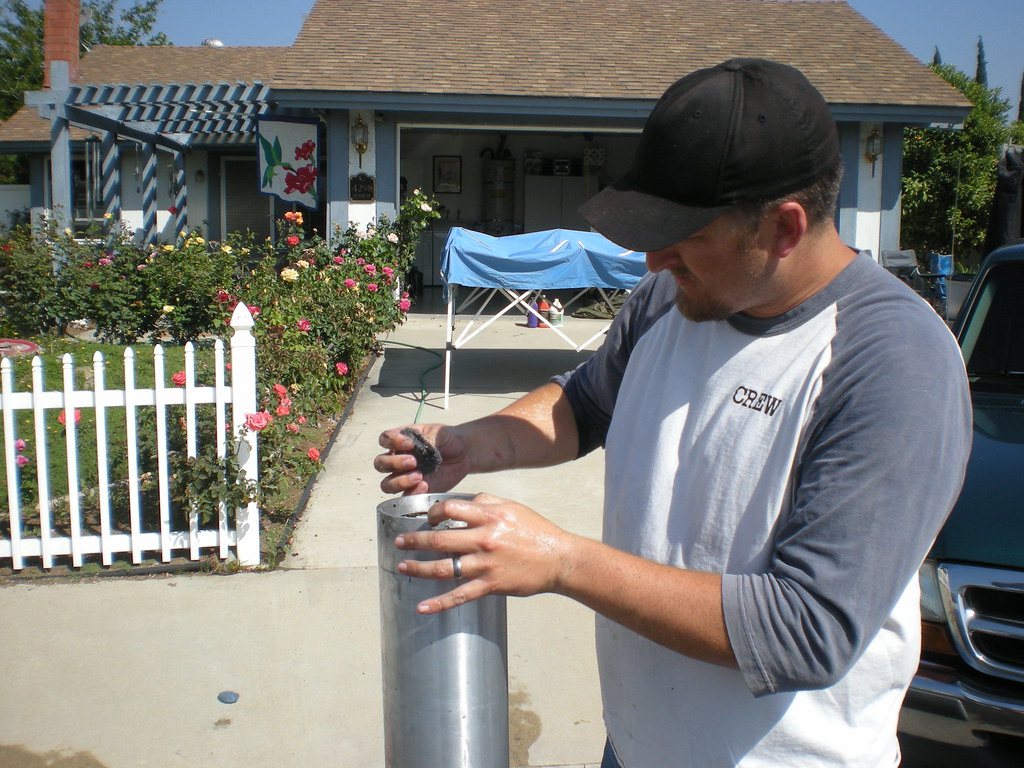
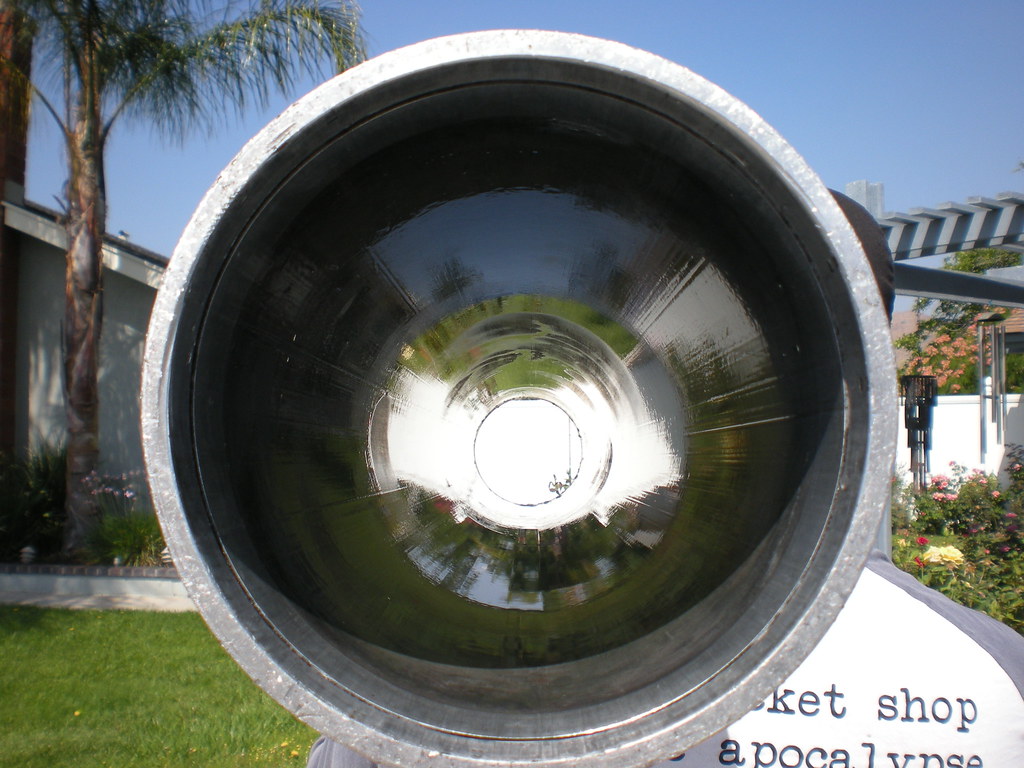
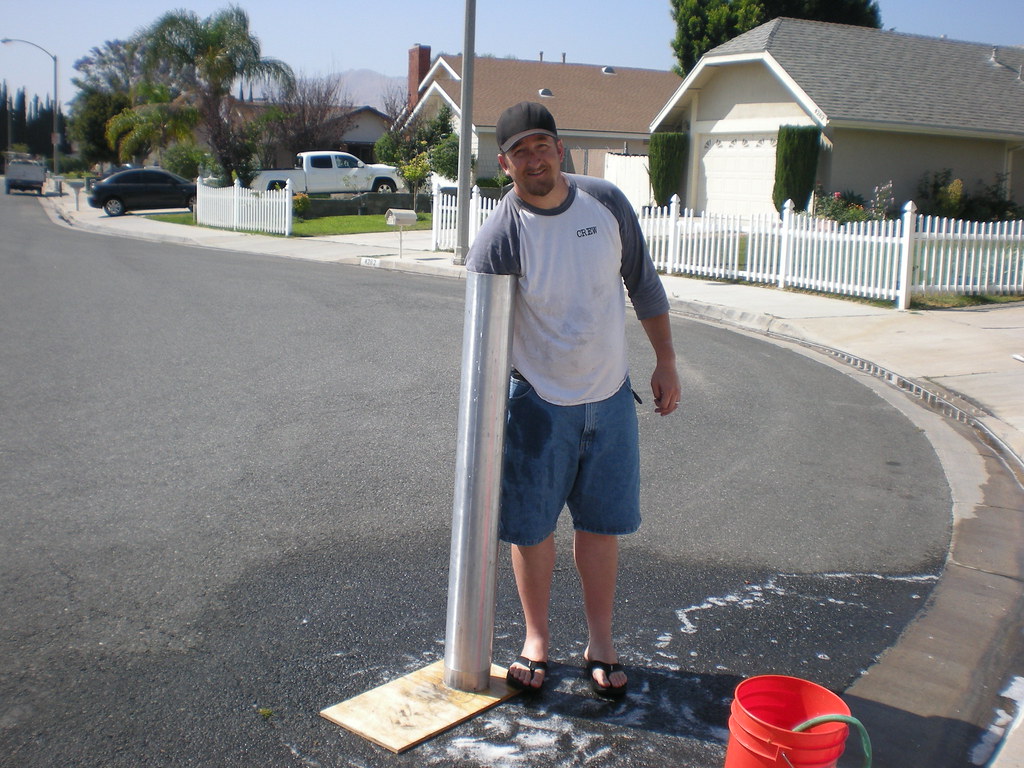
Enter your email address to join: